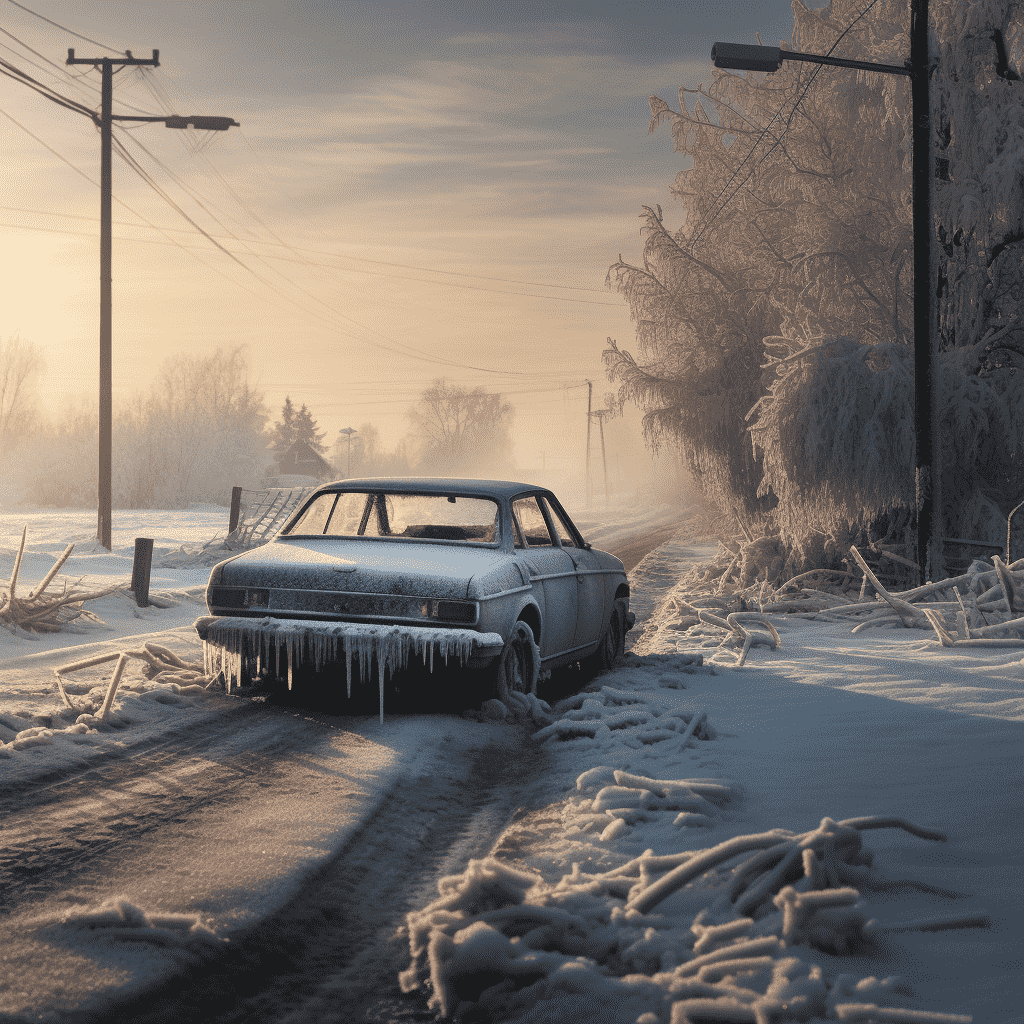When faced with freezing temperatures, lithium-ion batteries excel for their consistent performance. Lead-acid batteries struggle due to slowed chemical reactions. Practical tips include insulating batteries, parking indoors, and minimizing power drain. Understanding these dynamics ensures reliable battery performance in cold weather, especially for outdoor activities or residents in chilly climates.
Understanding Cold Weather Performance
Cold weather poses unique challenges for batteries, impacting their performance in various ways. The frigid temperatures slow down chemical reactions inside batteries, reducing their ability to generate electricity and causing decreased voltage output. Different battery types respond differently to cold weather, with lead-acid batteries performing poorly and lithium-ion batteries handling low temperatures more effectively.
To optimize battery performance in chilly conditions, consider the following tips:
- Insulate your battery: Use blankets or thermal wraps designed for batteries.
- Park indoors whenever possible: For electric vehicles or devices with removable battery packs, store them indoors.
- Minimize power drain: Avoid leaving devices plugged in overnight to prevent strain on weakened batteries.
- Warm up your vehicle before starting: In extremely cold conditions, start your car engine first before using lights and heaters.
- Regular maintenance checks: Keep battery terminals clean and check fluid levels regularly for proper maintenance.
Understanding these dynamics and implementing these tips will help ensure your batteries, devices, and vehicles perform reliably in cold weather.
Types of Batteries: Lead-Acid, Lithium-Ion, Nickel-Metal Hydride
Selecting the appropriate battery type is crucial, especially in cold weather conditions. Here’s a quick overview of three common battery types and their performance in the cold:
- Lead-Acid Batteries:
- Reliable and commonly used in vehicles.
- Struggles in cold weather due to slowed chemical reactions, leading to reduced performance.
- Lithium-Ion Batteries:
- Popular for high energy density and longer lifespan.
- Excellent performance in cold weather with efficient power delivery even at sub-zero temperatures.
- Nickel-Metal Hydride (NiMH) Batteries:
- Balances cost, energy density, and environmental impact.
- Performs reasonably well in cold temperatures, with some capacity loss in extremely cold conditions.
In summary, each battery type has its pros and cons in cold weather. While lead-acid may struggle, lithium-ion excels, and NiMH offers a reasonable compromise. The best choice depends on your specific application or device requirements.
Comparison of Battery Performance in Cold Weather

Exploring how different batteries handle cold weather is crucial for optimal performance. Let’s break down the cold-weather capabilities of three popular types:
- Lead-Acid Batteries:
- Common in vehicles, but struggle in cold weather.
- Chemical reactions slow down, reducing capacity and power output; may freeze in extreme conditions.
- Lithium-Ion Batteries:
- Ideal for cold weather performance.
- Maintains capacity and provides consistent power output even at low temperatures, making them perfect for electronics in winter.
- Nickel-Metal Hydride (NiMH) Batteries:
- Moderate cold-weather performance.
- Handles colder conditions better than lead-acid but not as well as lithium-ion; offers higher energy density and lower self-discharge rates.
In conclusion, for reliable performance in cold climates, lithium-ion batteries stand out. Their ability to maintain capacity and deliver consistent power makes them a top choice for outdoor activities or cold climate residents.
Tips for Extending Battery Life in Cold Weather
Cold temperatures can significantly impact battery performance, but with these practical tips, you can extend your battery life during chilly conditions:
- Keep your battery fully charged:
- Charge your battery regularly to full capacity to combat faster discharge in the cold, maintaining optimal performance.
- Park indoors or use a battery heater:
- Park your vehicle indoors when possible or invest in a battery heater to keep it warmer before starting, reducing strain during cold starts.
- Minimize electrical usage:
- Reduce stress on the battery by minimizing the use of electrical components like heaters and defrosters, using them only when necessary.
- Avoid short trips:
- Combine errands into one trip or take longer drives to allow the alternator sufficient time to recharge the battery fully.
- Turn off unnecessary accessories:
- Conserve battery power by turning off unnecessary accessories like headlights, heated seats, or interior lights when not needed.
- Warm up gradually:
- Let your vehicle warm up gradually in extremely cold temperatures to avoid excessive strain on the engine and electrical system.
By incorporating these tips, you can ensure your battery performs optimally, even in freezing weather. Remember, proper maintenance is key to maximizing battery life, regardless of the battery type you choose.
Best Batteries for Extreme Cold Conditions
In harsh cold environments, having a reliable battery is essential. Let’s explore the top choices that excel in extreme cold conditions:
- Lithium-Ion Batteries:
- Known for outstanding cold weather performance, lithium-ion batteries operate efficiently in sub-zero temperatures and offer a higher energy density for extended power.
- Nickel-Metal Hydride (NiMH) Batteries:
- Suitable for cold weather use, NiMH batteries provide consistent power output even in low temperatures, making them a reliable choice for various applications.
- AGM Lead-Acid Batteries:
- Commonly used in vehicles, AGM lead-acid batteries withstand harsh weather, including extreme cold, with lower self-discharge rates and reliable charge maintenance.
- Gel Cell Lead-Acid Batteries:
- Gel cell batteries, with a gel electrolyte, resist freezing at very low temperatures, offering improved performance and reliability compared to standard lead-acid batteries.
In extreme cold, lithium-ion and NiMH batteries stand out, providing superior performance and reliability compared to traditional lead-acid options.




